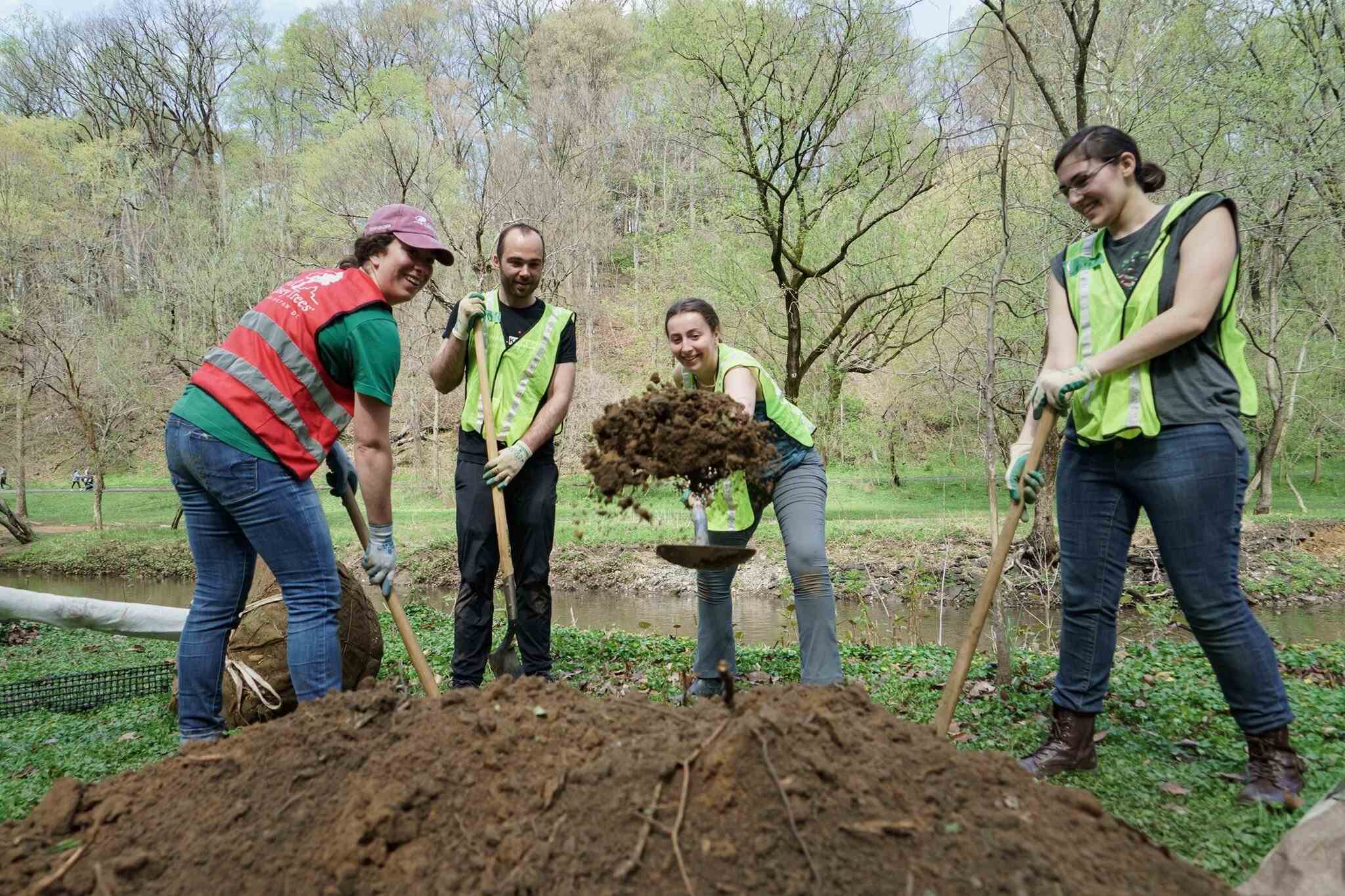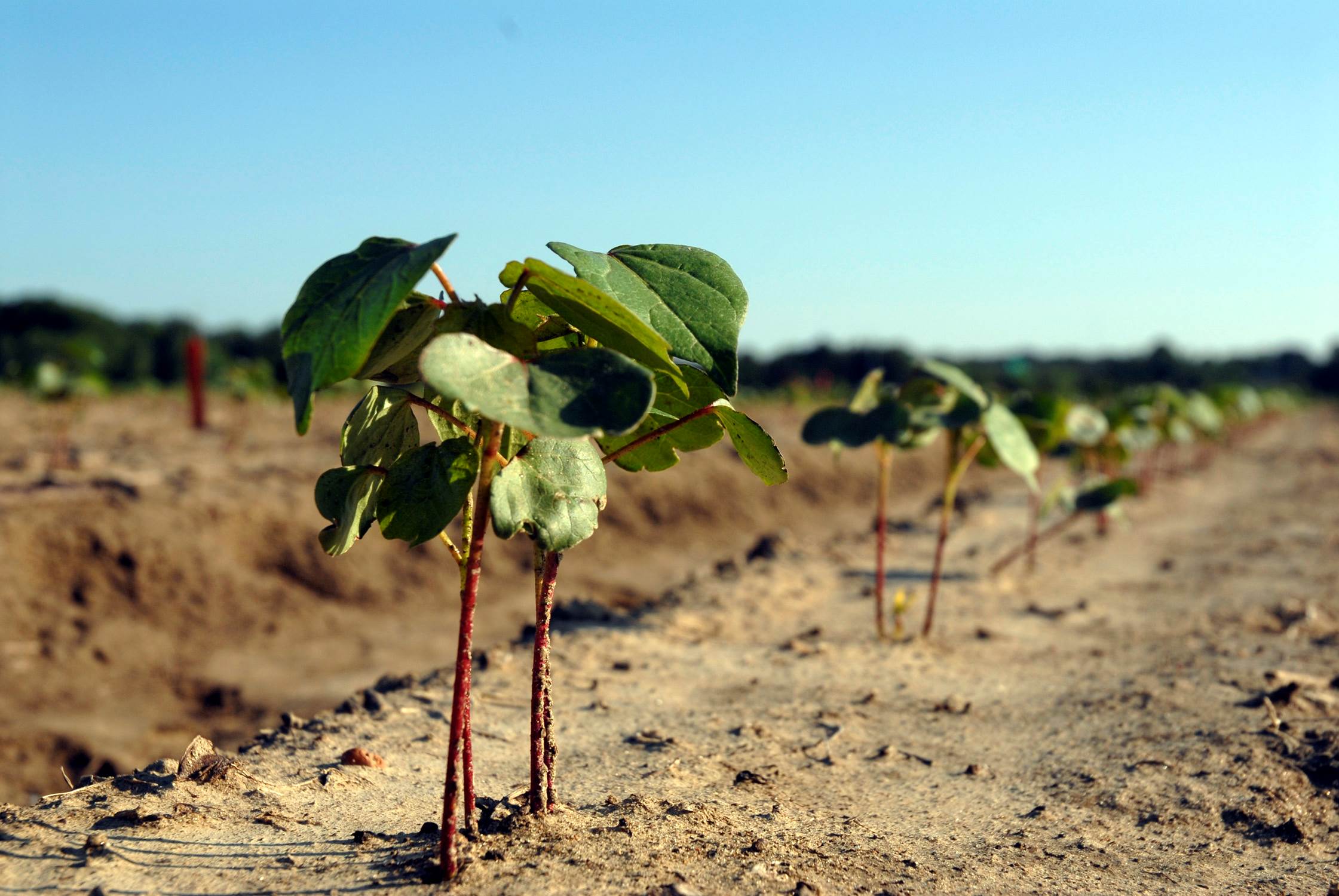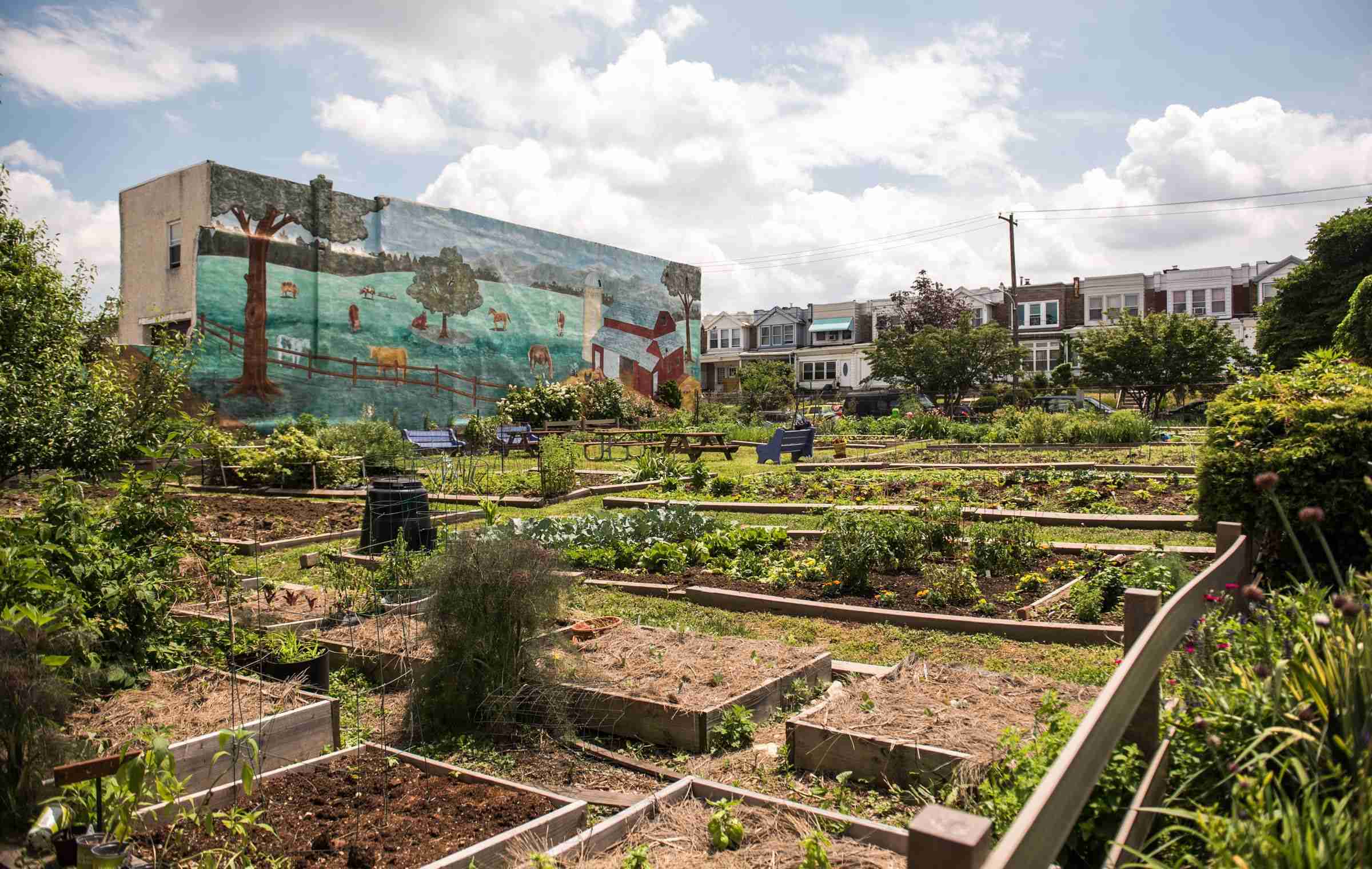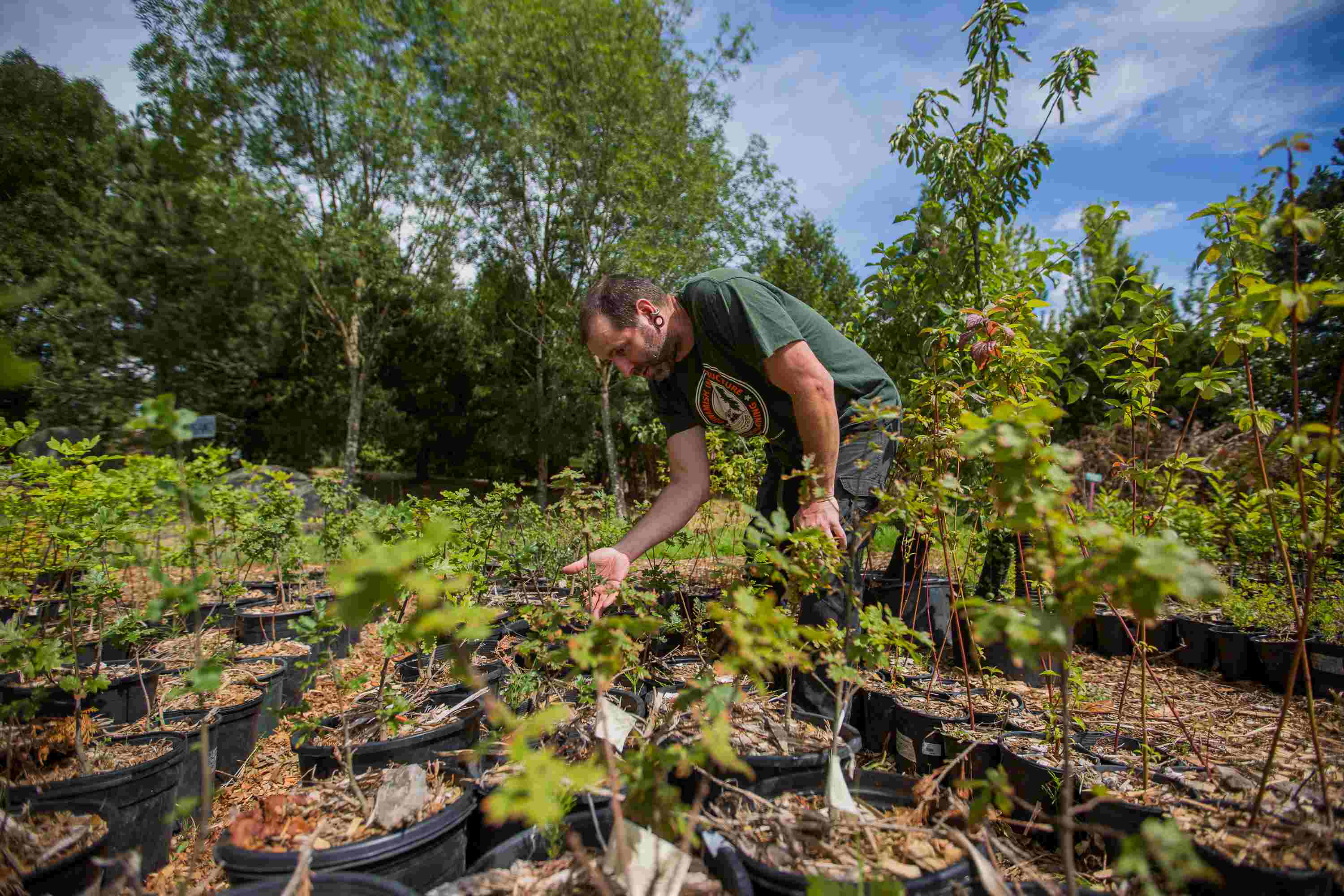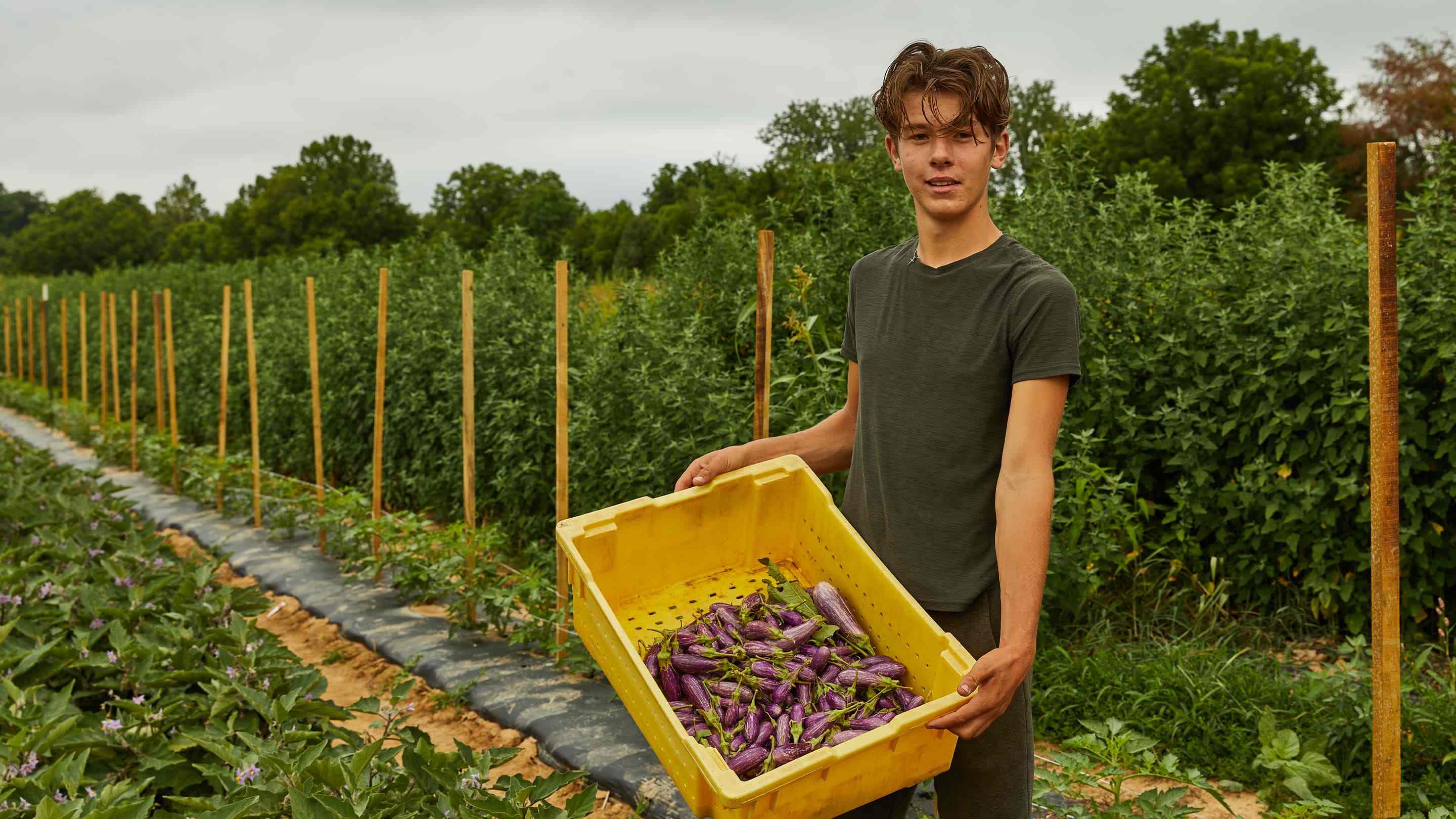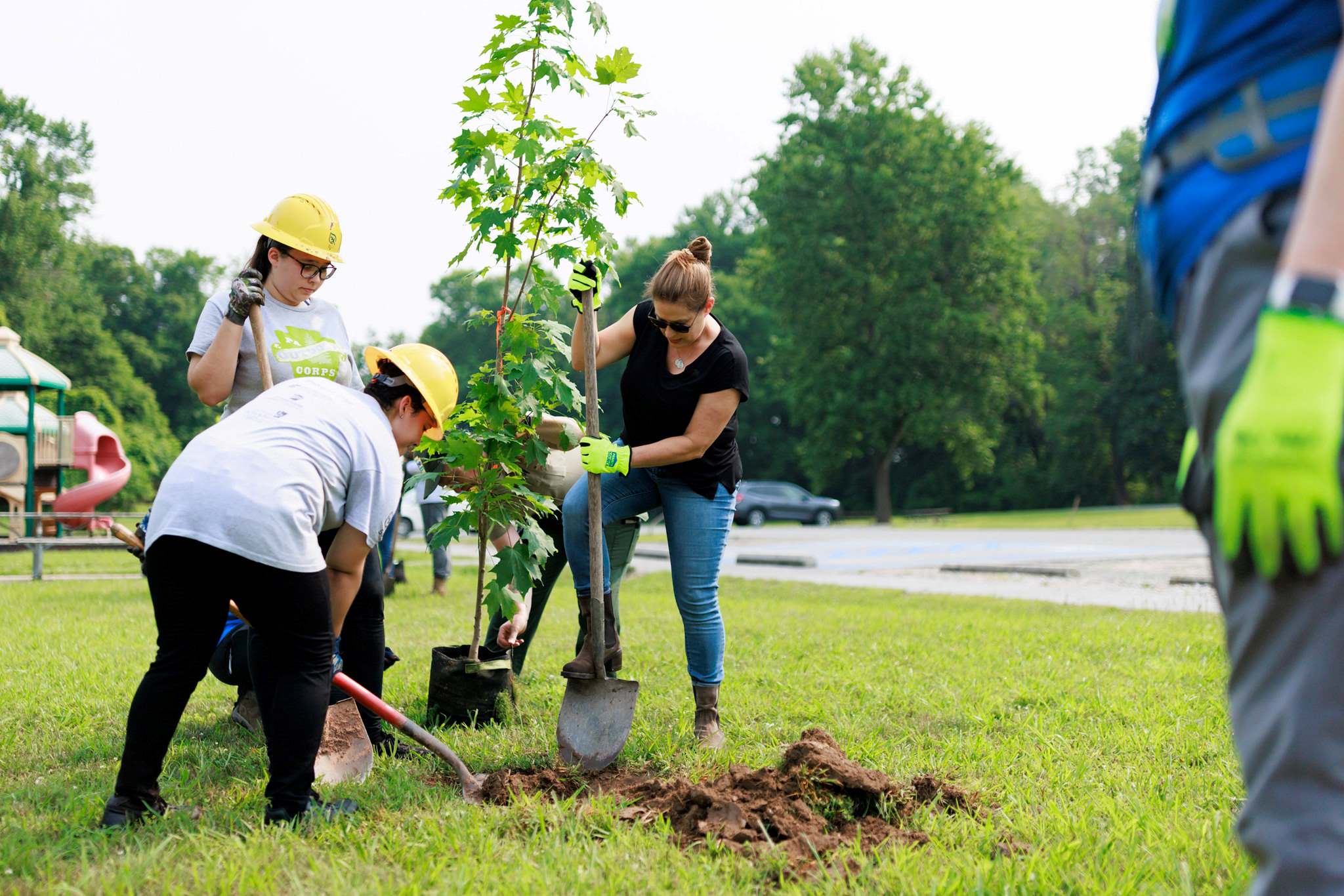Home>Gardening Basics>Understanding Soil>Where Is Zone 5 Planting Zone
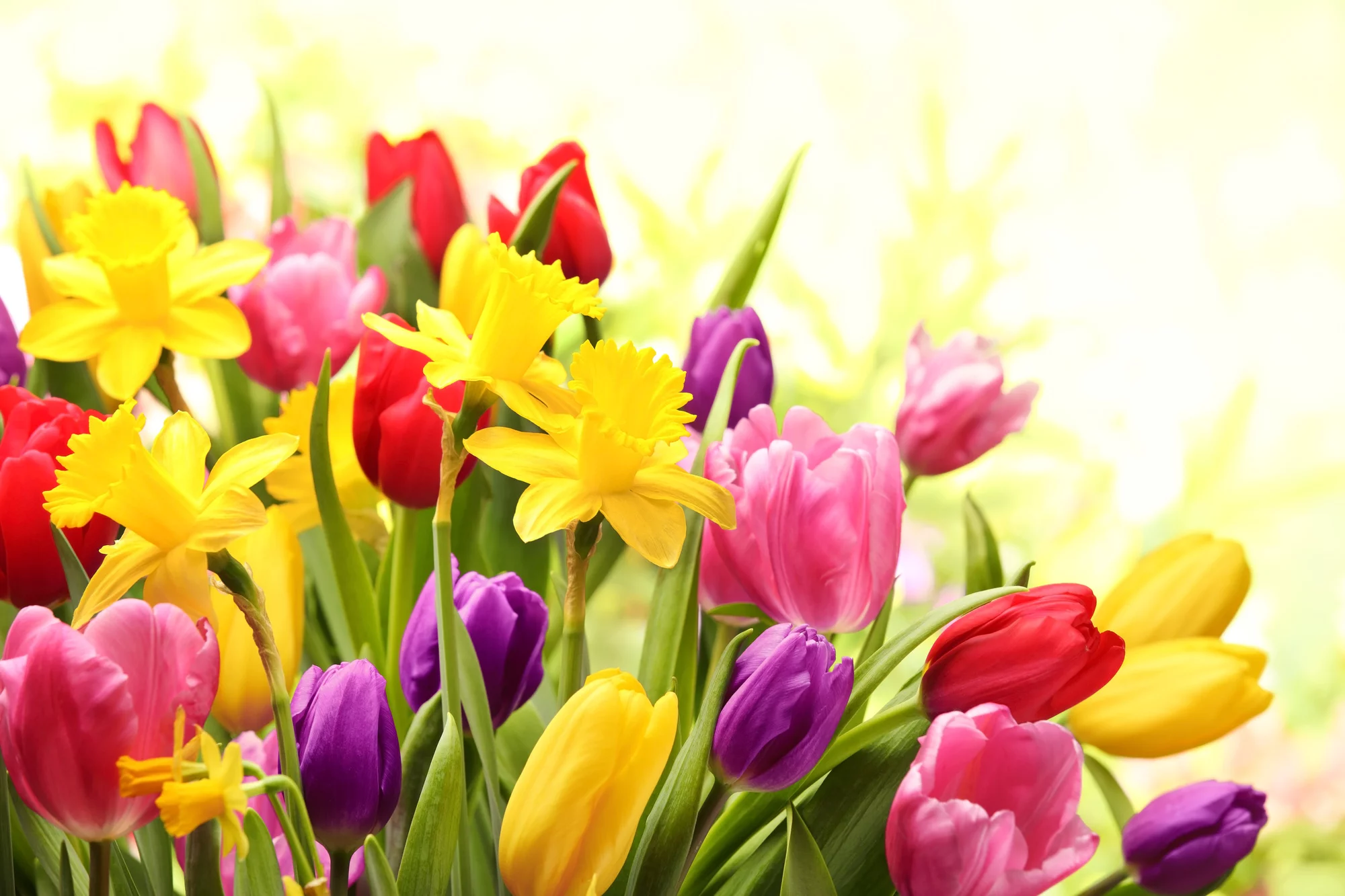

Understanding Soil
Where Is Zone 5 Planting Zone
Modified: January 22, 2024
Discover the importance of understanding soil in Zone 5 planting zone and how it affects plant growth and health.
(Many of the links in this article redirect to a specific reviewed product. Your purchase of these products through affiliate links helps to generate commission for Chicagolandgardening.com, at no extra cost. Learn more)
Table of Contents
Introduction
Gardening is a popular and rewarding activity that allows us to connect with nature, beautify our surroundings, and cultivate our own fresh produce. However, successful gardening requires understanding the environmental factors that affect plant growth. One such factor is the plant hardiness zone, which helps gardeners determine which plants are most likely to thrive in their specific region.
If you are new to gardening or looking to expand your plant variety, it is essential to familiarize yourself with the concept of plant hardiness zones. Each zone is characterized by its unique climate conditions, including average minimum winter temperatures. By knowing your designated zone, you can select plants that are well-suited to your area and avoid potential disappointment.
In this article, we will take a closer look at Zone 5, a common planting zone in many regions. We will delve into its characteristics, recommended plants, and provide some helpful gardening tips. Whether you are a seasoned gardener or a beginner, understanding Zone 5 and its implications can greatly contribute to your gardening success. So, let’s get started!
Understanding Plant Hardiness Zones
Plant hardiness zones are a crucial tool for gardeners to determine the suitability of certain plants for different regions. They are based on the average minimum winter temperatures and provide valuable information about the climate conditions specific to a particular area. By using the plant hardiness zone map, gardeners can choose plants that are best adapted to their specific region and avoid the risk of planting species that cannot withstand the local climate.
The concept of plant hardiness zones was first introduced by the United States Department of Agriculture (USDA) in the 1960s. The USDA Plant Hardiness Zone Map divides North America into 13 zones based on the average annual extreme minimum temperature. Each zone has a 10-degree Fahrenheit difference from the adjacent zones, indicating the variation in climate conditions.
These zones provide a general guideline for gardeners to understand the climatic conditions of their area and select suitable plants accordingly. However, it’s important to note that plant hardiness zones are just one piece of the puzzle, and other factors like humidity, rainfall, and soil conditions should also be considered when planning a garden.
It’s worth mentioning that plant hardiness zones are not fixed and can change over time. Factors such as urbanization, microclimates, and climate change can influence the temperature patterns in a particular area. Therefore, it’s always recommended to consult the most up-to-date version of the USDA Plant Hardiness Zone Map or local gardening resources to ensure accurate information.
Gardening in the appropriate hardiness zone is essential for the success and survival of plants. Selecting plants that are adapted to the specific climate conditions of an area allows them to thrive and produce the best results. Whether you’re planning to grow flowers, vegetables, or any other type of plant, understanding the plant hardiness zone of your region will greatly enhance your gardening experience.
What is Zone 5 Planting Zone?
Zone 5 is one of the many plant hardiness zones defined by the USDA. It covers a vast portion of North America, including parts of the United States and Canada. Zone 5 is known for its cold winters, with average minimum temperatures ranging from -20 to -10 degrees Fahrenheit (-28.9 to -23.3 degrees Celsius).
Gardeners in Zone 5 have a relatively shorter growing season compared to other zones. However, with careful planning and the right selection of plants, it is still possible to have a thriving garden. Zone 5 is characterized by a mix of deciduous and evergreen trees, colorful spring blooms, and vibrant fall foliage.
In Zone 5, the spring season typically begins in late March or early April and lasts until May. Summers are moderately warm, with temperatures ranging from the 70s to the 80s Fahrenheit (20s to 30s Celsius). The fall season brings cooler temperatures and beautiful autumn colors, making it a favorite time for many gardeners.
It’s important to note that the specific conditions within Zone 5 can vary depending on factors such as elevation, proximity to bodies of water, and local microclimates. These factors can introduce slight variations in temperature and weather patterns, so it’s always helpful to consider your specific location within Zone 5 when selecting plants for your garden.
Overall, Zone 5 offers a wide range of plants that can thrive in its unique climatic conditions. From perennials like coneflowers and daylilies to shrubs like lilacs and hydrangeas, there is a diverse selection to choose from for different gardening preferences. Some cold-hardy vegetables, such as kale, carrots, and beets, also flourish in Zone 5 gardens.
By understanding the characteristics and limitations of Zone 5, gardeners can make informed decisions about the types of plants to grow in their gardens. It’s essential to select plants that are well-suited for the colder temperatures and shorter growing season, ensuring a beautiful and successful garden year after year.
Characteristics of Zone 5 Planting Zone
Zone 5 planting zone is characterized by its distinct climate, which has a significant impact on the types of plants that can thrive in the area. Understanding the characteristics of this zone is essential for gardeners looking to create a successful and thriving garden. Let’s explore some of the key characteristics of Zone 5:
- Cold Winters: One of the defining features of Zone 5 is its cold winters. The average minimum winter temperatures range from -20 to -10 degrees Fahrenheit (-28.9 to -23.3 degrees Celsius). These low temperatures require plants that can withstand freezing conditions and short periods of extreme cold.
- Short Growing Season: Another characteristic of Zone 5 is its relatively short growing season. The frost-free period typically lasts from late May to mid-September, providing a limited timeframe for plant growth and development. Gardeners in this zone need to carefully plan and select plants that can mature within this shorter span of time.
- Seasonal Variations: Zone 5 experiences pronounced seasonal variations. Springs bring a burst of color and activity as plants awaken from their winter slumber. Summers are moderately warm, providing the ideal conditions for growth and blooming. Fall showcases stunning foliage colors as trees and plants prepare for winter dormancy.
- Transitioning Soils: Zone 5 soils can vary in composition and acidity levels. It’s important to understand the specific soil characteristics of your garden to ensure proper plant selection and provide the necessary amendments to create ideal growing conditions.
- Diverse Plant Selection: Despite the challenges of cold winters and a short growing season, Zone 5 offers a diverse selection of plants that can thrive in this climate. From hardy perennials like daylilies, hostas, and peonies to shrubs like hydrangeas and roses, there are plenty of options for adding beauty and color to your garden.
Gardeners in Zone 5 should focus on selecting plants that are well-suited to the unique climate conditions. It’s important to consider cold hardiness, frost tolerance, and the ability of plants to mature within the relatively short growing season. By understanding and working with the characteristics of Zone 5, gardeners can create beautiful and thriving gardens that showcase the resilience and beauty of plants adapted to this climate.
Recommended Plants for Zone 5
Zone 5 offers a wide variety of plants that can thrive in its unique climate conditions. From stunning flowers to robust vegetables, gardeners in this zone have an array of choices when it comes to selecting plants for their gardens. Here are some recommended plants that are well-suited for Zone 5:
- Perennials: Perennial plants are a great choice for Zone 5 gardens as they come back year after year. Some popular options include daylilies, coneflowers, hostas, peonies, and black-eyed Susans. These hardy plants can withstand the cold winters and add vibrant colors to your garden during the growing season.
- Shrubs: Shrubs are an essential component of any garden, providing structure, privacy, and visual interest. Some recommended shrubs for Zone 5 include lilacs, hydrangeas, spireas, potentillas, and viburnums. These shrubs are known for their hardiness and ability to thrive in a wide range of soil conditions.
- Trees: Trees not only provide shade and beauty but also play a vital role in the overall ecosystem. Some suitable tree options for Zone 5 include maple, oak, birch, crabapple, and flowering dogwood. These trees are known for their ability to withstand the cold winters and provide visual appeal throughout the seasons.
- Vegetables: While Zone 5 has a shorter growing season, there are still plenty of vegetables that can be grown successfully. Cold-hardy vegetables like kale, Swiss chard, radishes, carrots, and beets are excellent choices for Zone 5 gardens. With proper planning and utilizing season extenders like hoop houses or cold frames, it’s possible to enjoy a bountiful harvest.
- Annuals: Annual plants add bursts of color and are perfect for filling in gaps or creating seasonal displays. Some popular annuals for Zone 5 include petunias, marigolds, impatiens, zinnias, and cosmos. These plants provide an abundance of flowers throughout the summer and can be easily replaced each year.
When selecting plants for your Zone 5 garden, it’s important to consider their specific sun and water requirements, as well as the soil conditions in your area. Additionally, planting native species is always a good choice as they are well-adapted to the local environment and require less maintenance.
By choosing plants that are well-suited to the conditions of Zone 5, you can ensure a vibrant and thriving garden, filled with colors, textures, and a variety of edible delights.
Tips for Gardening in Zone 5
Gardening in Zone 5 comes with its own set of challenges and opportunities. With the right knowledge and practices, you can create a beautiful and thriving garden in this climate. Here are some helpful tips to keep in mind when gardening in Zone 5:
- Know Your Frost Dates: Understanding the average dates of the first and last frost in your area is crucial. This information will help you plan your planting schedule and protect tender plants during unexpected late spring or early fall frosts.
- Choose Hardy Plants: Select plants that are known to be hardy in Zone 5. Look for plants with a cold hardiness rating that matches or is below the lowest average winter temperatures in your area. This will increase the chances of their survival during colder months.
- Start Seeds Indoors: Given the shorter growing season in Zone 5, starting seeds indoors can give you a head start on the growing season. This allows plants to establish before being transplanted outdoors, increasing their chances of maturity and productivity.
- Use Season Extenders: Consider utilizing season extenders like cold frames, hoop houses, or row covers to protect plants from early or late frosts. These structures can help prolong the growing season and provide a favorable environment for plants to thrive.
- Mulch Well: Apply a layer of mulch around your plants to help retain moisture, regulate soil temperature, and suppress weed growth. Organic mulches like straw or wood chips are ideal for Zone 5 gardens and also improve soil fertility over time.
- Water Wisely: Be mindful of watering your plants, especially during drier periods. Water deeply but less frequently, allowing the roots to develop strong systems. Avoid overwatering, as excess moisture can lead to root rot and other fungal diseases.
- Consider Microclimates: Zone 5 encompasses a wide range of microclimates due to variations in elevation, proximity to bodies of water, or urban heat islands. Take note of any microclimates in your garden, as they can create slightly different growing conditions. Utilize these unique microclimates to your advantage when selecting specific plants.
- Practice Crop Rotation: Implement a crop rotation plan to prevent soil-borne diseases and improve overall soil health. Rotate crops from one area to another each year, ensuring the same plant family is not grown in the same spot consecutively.
- Protect Plants in Winter: Take measures to protect plants during the harsh winter months. This may include providing extra insulation with mulch or burlap wraps for susceptible plants. Be sure to remove excess snow from branches to prevent breakage.
- Experiment and Learn: Gardening is a journey of discovery and learning. Don’t be afraid to try new plants or techniques and observe how they perform in your Zone 5 garden. Take note of what works well and what doesn’t, and use that knowledge to continually improve your gardening practices.
By following these tips and adapting them to your specific garden and climate conditions, you can overcome the challenges of gardening in Zone 5 and enjoy a successful and fruitful garden.
Conclusion
Gardening in Zone 5 can be a rewarding and enjoyable experience with the right knowledge and strategies. Understanding the characteristics of this planting zone, selecting suitable plants, and implementing smart gardening practices are key to achieving success.
By considering the cold winters, short growing season, and specific soil conditions of Zone 5, gardeners can make informed choices about the types of plants that will thrive in their gardens. Whether it’s choosing hardy perennials, shrubs, trees, or cold-hardy vegetables, there is a wide variety of plant options available.
Additionally, implementing tips such as knowing frost dates, starting seeds indoors, using season extenders, mulching, and water management will help optimize plant growth and ensure the longevity of your garden.
Remember to always experiment and learn from your gardening experiences. Each garden is unique, influenced by microclimates and individual site conditions. By observing and adapting your practices, you can continuously improve the health and productivity of your Zone 5 garden.
So, whether you’re a seasoned gardener or just starting out, don’t let the challenges of Zone 5 deter you. Embrace the opportunities it presents, and with a bit of planning and care, you can create a beautiful and thriving garden that is a testament to the resilience and beauty of plants adapted to this unique climate.
